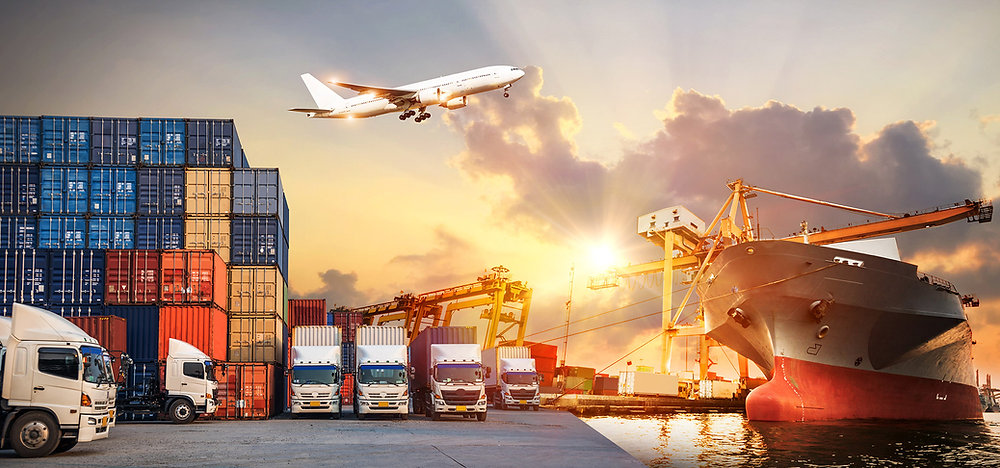The logistics industry has always been a critical component of the global economy, ensuring the efficient movement of goods across regions and countries. Central to this industry is the concept of truck load optimization, a process that involves planning and executing the loading of trucks in a manner that maximizes efficiency and minimizes costs. However, traditional methods of truck load optimization face a myriad of challenges, some of which are increasingly problematic in today’s fast-paced and ever-changing market.
1. Inefficient Route Planning
One of the primary challenges in traditional truck load optimization is inefficient route planning. Traditional methods often rely on manual processes, with planners using historical data and intuition to chart routes. This approach can lead to suboptimal routes that do not consider real-time traffic conditions, road closures, or other dynamic factors. As a result, trucks may face delays, increased fuel consumption, and higher operational costs. For professionals looking for the best job opportunities in logistics, understanding and overcoming these inefficiencies is crucial. To explore these opportunities, search routes to find the best job for you and gain a competitive edge in the logistics industry.
2. Limited Flexibility and Scalability
Traditional load optimization methods often lack the flexibility to adapt to changing circumstances. For instance, if a customer changes an order last minute, or if there is an unexpected roadblock, it can be challenging to re-optimize loads and routes quickly. This inflexibility can lead to inefficiencies and increased costs. Moreover, these methods may not scale well with the growth of the business, leading to bottlenecks and reduced service quality.
3. Inadequate Load Consolidation
Optimizing the consolidation of loads is vital for maximizing truck utilization and reducing transportation costs. Traditional methods may not effectively consolidate loads due to limited information or computational capabilities. This can result in trucks being underutilized, carrying less than their full capacity, which is economically and environmentally inefficient.
4. Difficulty in Handling Complex Constraints
Truck load optimization involves numerous constraints, such as delivery windows, truck capacity, driver hours, and product compatibility. Traditional methods may struggle to account for all these constraints simultaneously, leading to suboptimal decisions. For example, failing to consider driver hours of service regulations can lead to compliance issues and potential legal ramifications.
5. Lack of Real-Time Data Integration
The absence of real-time data integration is a significant drawback of traditional optimization methods. In today’s fast-moving logistics environment, conditions change rapidly. Without access to real-time data, such as traffic updates, weather conditions, and order changes, optimization decisions made can quickly become outdated, leading to inefficiencies and delays.
6. Reliance on Human Expertise and Experience
Traditional truck load optimization heavily relies on the expertise and experience of logistics planners. While this can be beneficial, it also poses risks. Decisions may be subject to human error, biases, or limitations in individual knowledge. Additionally, this reliance can create challenges in knowledge transfer and training new staff.
7. Environmental Impact
Traditional optimization methods may not prioritize environmental sustainability. Inefficient routes and underutilized trucks lead to unnecessary carbon emissions. As environmental concerns become more pressing, the need for more eco-friendly logistics practices becomes increasingly important.
Conclusion:
In conclusion, while traditional truck load optimization methods have served the logistics industry for many years, they are fraught with challenges that can hinder efficiency, scalability, and sustainability. The industry is increasingly turning towards more advanced solutions, such as AI and machine learning algorithms, which can address many of these challenges by providing more dynamic, flexible, and data-driven optimization processes. As the logistics sector continues to evolve, embracing these technological advancements will be crucial for businesses seeking to remain competitive and efficient in the modern marketplace.




Be the first to write a comment.